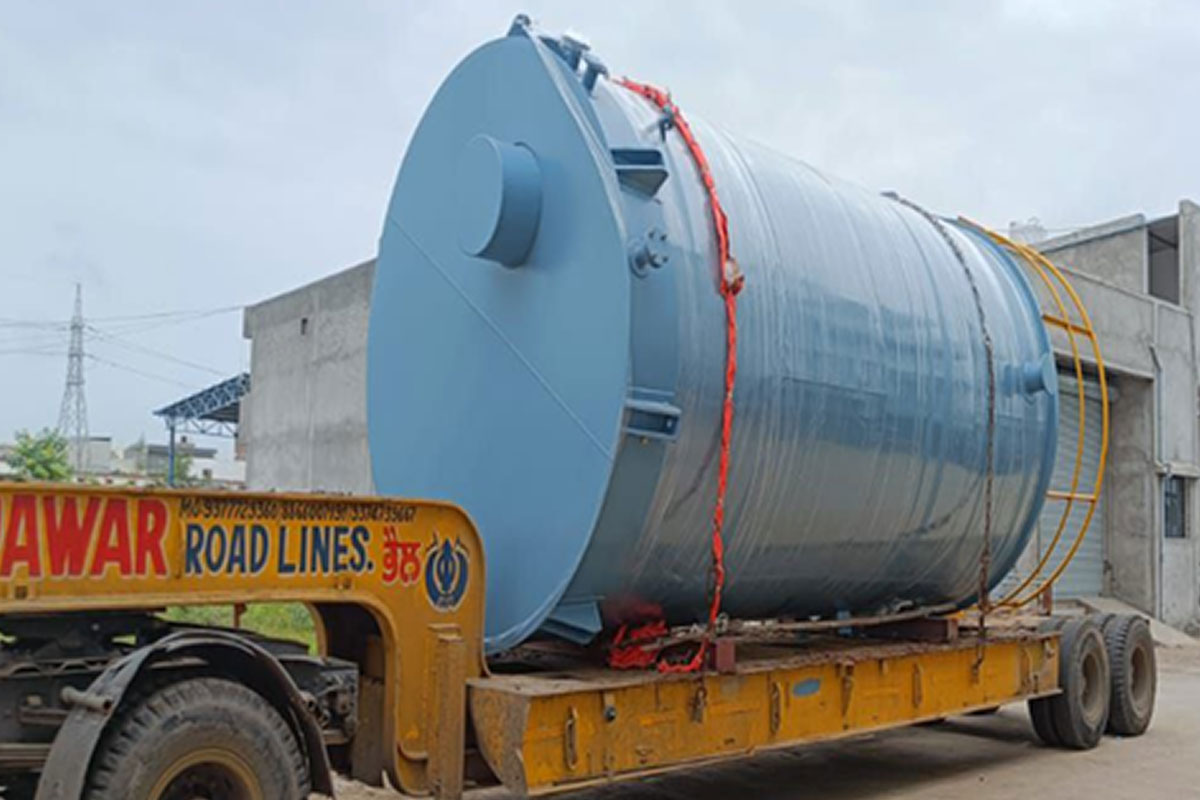


On-site installation is the final, high-stakes phase that brings fabricated industrial equipment to life. After components like reactors, pressure vessels, and modular skids are built in a controlled workshop, they must be transported, assembled, and integrated at the client's operational facility.
This process is a complex logistical challenge that moves from brute force to fine precision.
Transport: Managing the logistics of moving oversized and heavy equipment, often requiring special permits, route surveys, and escort vehicles.
Site Preparation : Ensuring the foundation is cured and correct, access routes are clear, and all necessary permits (like hot work or confined space entry) are secured.
This is the most visible stage. Using massive mobile or gantry cranes, rigging specialists lift and set the equipment. This "critical lift" requires precise calculations to manage load weight, center of gravity, and swing radius, often maneuvering multi-ton components with only millimeters of clearance.
Once the main components are set, skilled crews (boilermakers, pipefitters, and welders) begin the "tie-in" process. This involves:
Bolting: Securing massive flanges to connect vessel sections or nozzles.
Welding: Performing critical on-site welds to connect the new equipment to existing plant piping.
Alignment: Using laser alignment tools to ensure components like motors and pumps are perfectly positioned.
The installation isn't complete until it's proven. This involves rigorous quality checks, such as Non-Destructive Testing (NDT) on field welds and hydrostatic testing to confirm the vessel's integrity. Finally, commissioning engineers verify that all instrumentation and systems function correctly, handing over a safe and operational asset to the client.